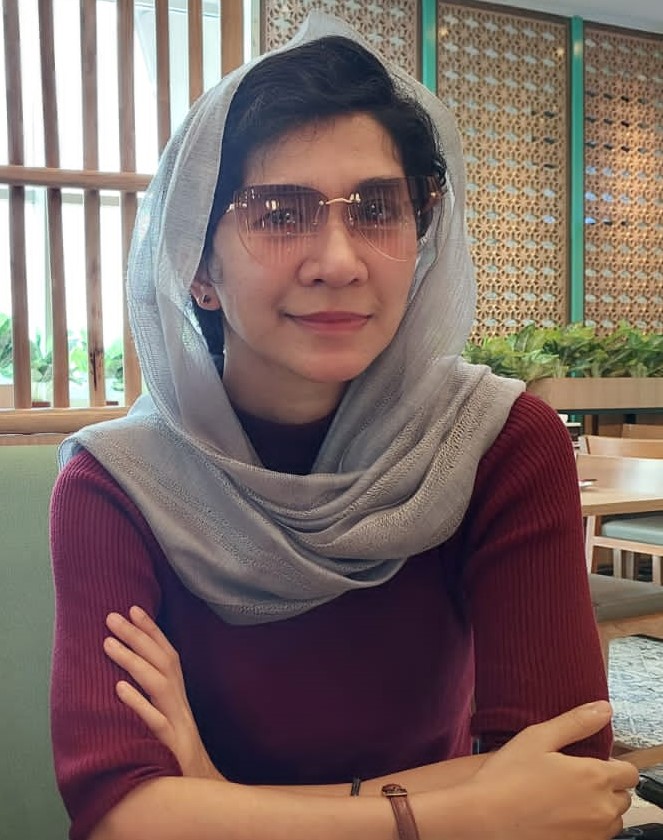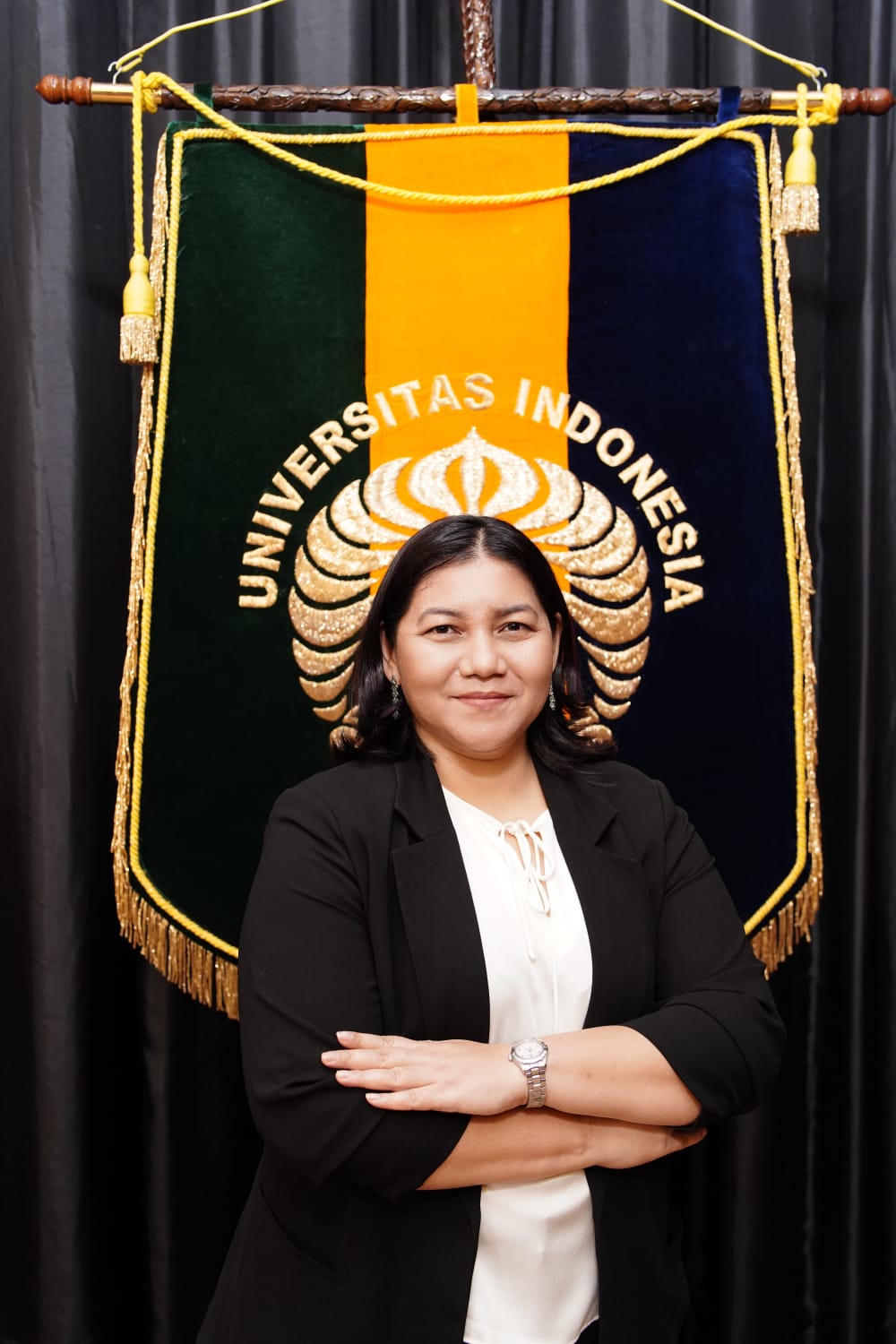![]()
Author: Vinny Shoffa | Translator: jasper
The Faculty of Medicine’s Team KATAMAKU held a “Leprosy-Induced Disability on Eyes, Hand, Feet, and Skin Early Detection Training for Health Workers and Cadres” on 19 to 20 November 2021 (Fri-Sat), held virtually on Zoom. The team was, and is still composed of specialist opthalmologists, dermatologists, and medical rehabilitation experts from the Faculty of Medicine UI and RSUPN Dr. Cipto Mangunkusumo, a hospital.
In the opening speech, Manager of Research and Community Service of the Faculty of Medicine, Dr. dr. Rahyussalim, Sp.OT(K)-Spine, emphasised that the workshop is a form of FKUI’s service towards the community. “KATAMAKU has played active roles since 2018. We hope it brings wide-ranging impacts, especially for patients of leprosy, medical workers, and educators.”
The series of talks and workshops, Dr. Rahyussalim explained, aims to enable doctors, nurses, and health cadres to identify anomalies on patients of leprosy as soon as possible so as to allow them to issue referrals, thereby allowing diseases to be more expressly handled. This program, part of UI’s STEM and the Arts (Ipteks) for the Community Scheme, had been previously held in Sitanala Lepers’ Village (2018), Singkawang (2019), and RS Saiful Anwar, Malang (2020).
![]()
One of the talks delivered was one presented by dr. Hisar Daniel, SpM., titled “Early Detection of Vision Impairment in Leprosy”. Stigma against patients of leprosy has had a long history behind it and remains to be fought. Indonesia has the biggest number of patients of leprosy in Southeast Asia, accounting for 8% of the world’s leprosy cases. Especially worrying is the prevalence of leprosy in Indonesia’s eastern provinces.
“One must know that ocular disorders on patients of leprosy pose a 70-75% chance to cause blindness towards the patients. Ocular disorders most frequently occur within the eyelid,” Hisar explained. Some forms of the ocular disorders mentioned above are madarosis (loss of eyelashes or eyebrows) and trichiasis (where eyelashes grow towards the eyeball).
Another disorder is lagophthalmos, the inability to close the eyelids completely. Other ocular disorders may affect the tear duct — morbid swelling, sores, and redness inside the eyelid may be indicative of the latter sort of disorder. All of these ocular disorders pose an exceptional threat towards patients of leprosy, for the disease causes loss of pain (i.e. analgesia), thus preventing many patients to realise the presence of injury within their eyes.
![]()
Patients who experience the aforementioned symptoms may undergo preeliminary examination in the form of Snellen tests, wherein patients read, with one eye, from charts (known as the Snellen charts) containing letters and numbers in order to ascertain their visual acuity (i.e. their ability to see things). Acuity tests may also be conducted through “Peek Acuity”, a smartphone application which promises rather accurate results. Having undergone acuity tests, patients are subjected to cornea sensibility tests by placing a cotton bud or aesthesiometre near the cornea, in order to ascertain the patient’s blinking reflex.
Ocular disorders may be remedied by blinking exercises (conducted for 10 seconds or 10-20 times per session, 2 or 3 sessions per day for six months), lubrication of eyeballs with eyeball ointments or gels at night, and the use of eye protection. More complex cases may demand surgery.
dr. Hisar’s presentation is the fourth out of the five talks presented on the occasion.



